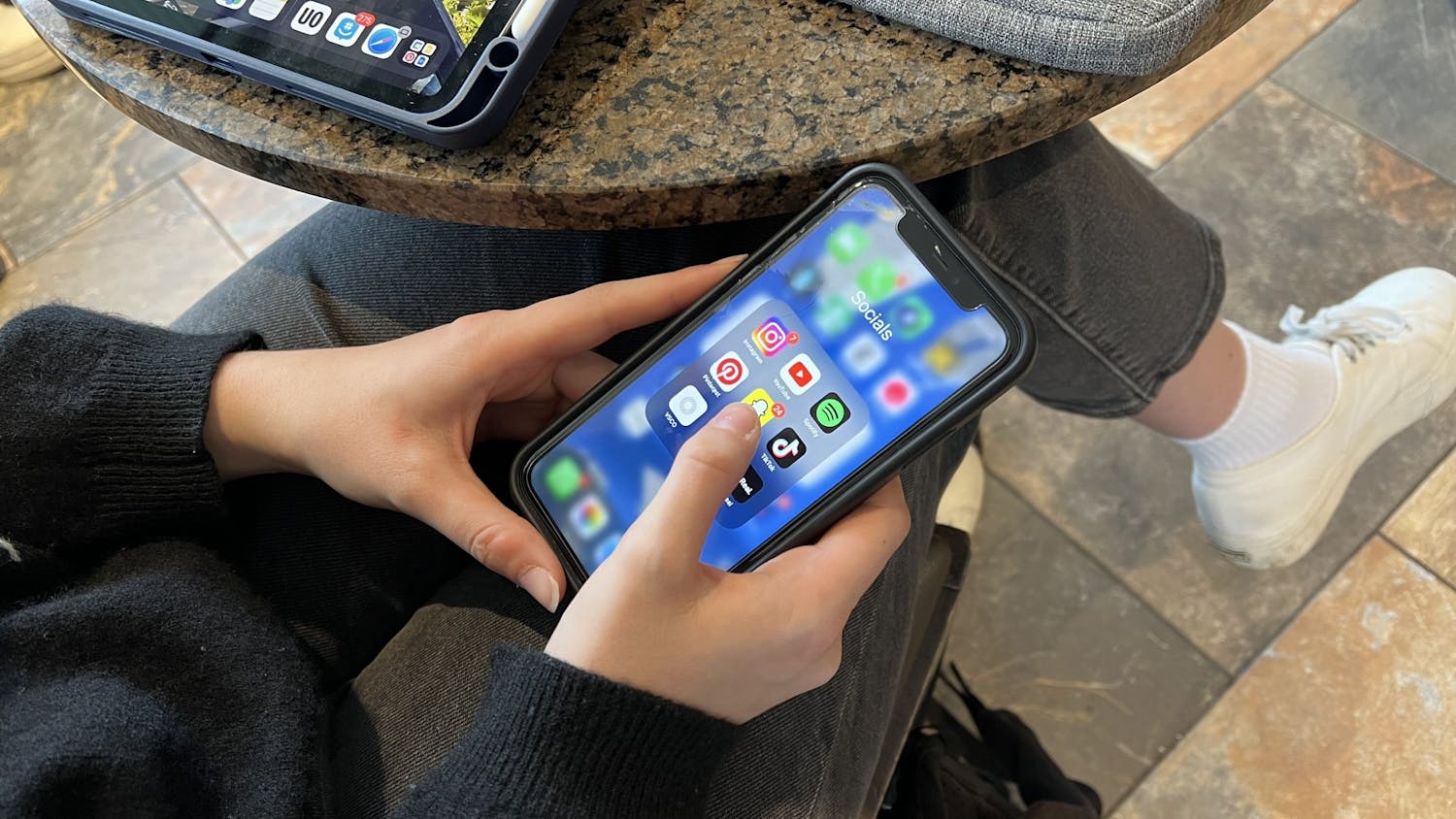The University of Wisconsin-Madison officially finished phase one of a campus access security plan in November 2023, moving into a second phase which aims to replace many of the Wiscard-scanning access controls to buildings.
Access control replacement was first floated in 2018, around 15 years after the initial installment. University police requested approval to begin the project in 2019, but it was delayed to 2020 due to COVID-19. By June of 2021, police began installation of new software and access controls in residence halls, laboratories and other campus buildings.
UW-Madison Police Department Infrastructure Security Lieutenant Jeffrey Ellis headed the effort, and his team worked on phase one to install the new software from 2021 to late 2023, according to Ellis.
He said the way the new systems work is essentially the same as the original campus access security. He compared the program change to “going from an Android to an Apple.”
Andover Continuum produced the original access controls, but UW-Madison awarded the new contract project to Stanley Security, now a part of Securitas Technology, in 2020, according to Ellis.
“The old access control system was built off of a building maintenance or building automation system, and [the new system] was added to that,” Ellis said.
Ellis said the new software is more of a true access control system, and the UWPD crew needed to come up with a hardware solution to exercise control over some of the buildings and doors.
According to Ellis, access controls are nothing new to UW-Madison or other college campuses. UW-Madison first installed access controls during the 2000-01 school year, and many campuses have had them since the late 1990s, according to Ellis.
“[Electronic access controls] were for some of the research labs on campus that had some federal mandates,” Ellis said. "That mandated you had to have electronic access control on [research labs]."
Ellis also said much of the electronic access control was used to document entrances and exits, which were harder to track with keys.
According to Ellis, residence halls were some of the first buildings to get access control replacement installed during summer months, when most halls are empty. Even during the semester, students shouldn’t expect to see any difference in the door-scanning system, Ellis said.
“We were able to go into buildings, do the upgrade day-by-day and change out the stuff that we needed to. Most people didn't even realize,” Ellis said.
Noah Kalthoff, a UW-Madison freshman currently living in University Housing, said the new technology could be more efficient for students who have to scan into their dorms and other campus buildings.
“[It could be] more convenient and more secure,” Kalthoff said.
How is the project being funded?
Much of the funding — around $6.5 million for phase one and almost $19 million for phase two — comes internally from UW-Madison. According to the phase two plan, new access control software will be added to around 50 buildings.
Ellis said there are still buildings on campus without access controls he hopes to get funding for. UW-Madison currently has around 140 buildings with access control.
“You take keys out of the equation, and we're able to control the locking and unlocking of those buildings,” Ellis said. “That makes it a little bit, in our opinion, more safe for the campus.”
Phase two of the project is also unlikely to impact any University Housing operations or housing residents. University Housing spokesperson Brendon Dybdahl said the updates won’t represent a large change for the residence halls.
For future projects, Ellis said he and his team are working on making mobile activation an option for access control.
“We are going through an upgrade to all the card readers across campus, and again, most people won't even realize that it's going on,” Ellis said. “But what that'll allow us to do is some mobile credentialing, where instead of having a card, you have to use your phone.”
Phase two of the replacement plan is expected to complete around December 2027, according to the phase two plan.






